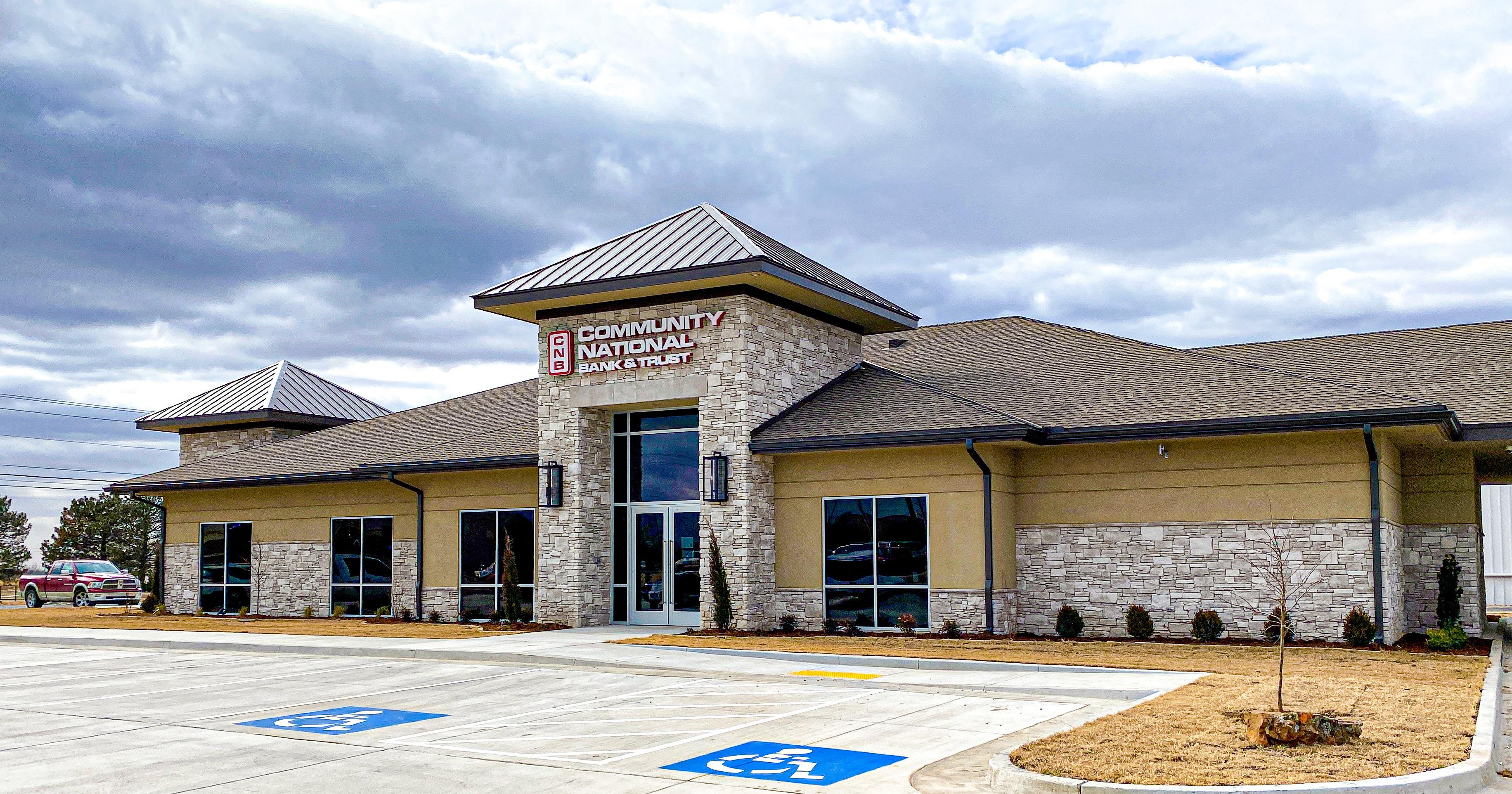
5 minute read
Home Buying in the “Covid” Market
Real Estate Rebounds, Despite Pandemic
Story & Charts Contributed by Annette Newcomb/President, North Central Board of Realtors
Almost a year into the pandemic it is no surprise COVID-19 has rates. The median sales price increased between April and May from affected almost everything. Real estate markets throughout the $87,000 to $117,450. country have been influenced, including our local real estate market. Longtime, local realtors have had the opportunity to work in buyer’s markets, seller’s markets and many years of level market conditions. We are now working in what is best described as “COVID-19” market. In many ways, it’s similar to the toilet paper issue of spring/summer 2020. It was in high demand, but there was a low supply and many bare shelves. Likewise, there is a demand for housing, but the shelves are sparse, so to speak. North Central Board of Realtors Board of Directors President: Annette Newcomb President Elect: Steve Hermann Treasurer: Vie Bottger Secretary: Marilyn Gregg How did less showings, less online searches and less offers presented transform into a toilet paper COVID-19 market? Several things. First, the already low mortgages rates became even lower. Second, the federal government provided COVID-19 stimulus that allowed some local employers to keep their doors open, more employees to continue working and gave more households confidence in their ability to pay mortgages or lease payments. Finally, our state government deemed real estate activities However, the real estate market in our area looked different at the beginning of the pandemic. Many 2-Year Director: Robin Smith as critical. This allowed real estate agents, appraisers, lenders and title companies to community business owners were worried about the economy when COVID-19 first became 1-Year Director: Michele Evans continue to work. It also allowed sellers, buyers and renters to close on transactions. such a large part of our lives. Some businesses were forced to temporarily close, and countless employee hours were reduced or eliminated. Very scary times, indeed. Since real estate industry is heavily influenced by environmental, political, social and broader economic forces, there was genuine concern that the real estate market could take a severe dive. Additionally, our community business leaders were true bosses, carrying out business in flexible, unique and safe ways to bypass a portion of the economic effects of COVID-19. Realtors and property owners hosted virtual open houses, scheduled private video showings and benefited by distributing listings on social Past President: Mary Beth Moore State Director: Donna Reid There was reason to be worried. When COVID-19 detonated last spring and for a few weeks after, real estate closings were blowing apart, closings were postponed and buyers were not doing as much looking – which was fine because many sellers were not allowing them in their properties anyway. Things were feeling a bit shaky for the real estate industry. According to data gathered from Realtor.com, home showings per listing in the U.S. were down over 40% in April 2020 compared with the same period in 2019, and other measures of housing demand such as online search activity, inquiries for agents and presented offers for property were also down. At the onset, things seemed pretty bleak for our local housing market. According to data from North Central Board of Realtors (NCBOR), there were 22 fewer residential closings recorded in April 2020 than March 2020 with only a slight increase from April to May. This was overly concerning, considering spring is usually one of the busiest times for listings and sales – or better known as “selling season.” Thankfully, there was a surprise, silver lining. Historically, a lower demand for real estate sales would be accompanied by lower prices, but we didn’t see that with local spring home sales in 2020 due to the combination of low inventory of properties and super low mortgage

media pages and websites. Realtors, lenders, appraisers and closing companies utilized electronic communications, evaluations and signings. Importantly, supply for items such as masks, hand sanitizer and antibacterial sprays became easier to find. All these factors added up to more consumer confidence. Locally, residential sales started to increase through spring and early summer. Statistics from NCBOR show 32 closed residential properties in April compared to 60 in September. There was a slight slowdown of residential closings in December 2020 (43) and January 2021 (40), but still a robust amount of closings compared to pre-COVID-19 numbers in December 2019 (38) and January 2020 (31). Does this mean we are now in a “real estate bubble”? No, it does not. Currently housing inventory and interest rates are low, and demand is steady. Locally, our residential units sold have been consistent to higher than 2019 demand, and the low inventory has helped maintain a healthy median sales price and a lower average days on the market for most new listings, but it has not driven up pricing to a point where values will drastically fall if demand wanes and/or supply increases. Examination of NCBOR data from April 2019-January 2020 (before the pandemic) reveals 422 residential closings with a median sales price of $122,027. Fast forward one year to April 2020-January 2021 (during the pandemic) and see 493 residential closings with median sales price of $134, 401. With extraordinarily little new home construction, our local residential inventory will most likely stay lower than usual until demand slows down a bit. (Hello, COVID-19 toilet paper market.) Here are a few tips to help today’s home buyers: Use a real estate professional to help find a home. Real estate professionals will help clarify what a buyer wants most and will spend their time and use their market knowledge to find options that meet the specifications. In a competitive market such as ours, listings may sell quickly, and a number of sellers receive more than one offer on the same property. A well-informed real estate agent advises buyers on continued on page 54

Member FDIC
www.mybankcnb.com Now Open At Our New Location!
709 E. Prospect • Ponca City (580) 762-3886











